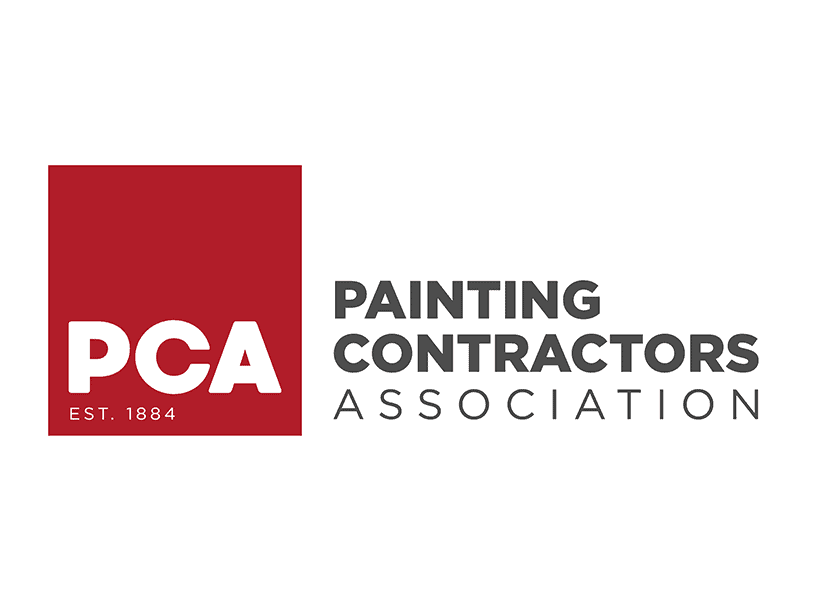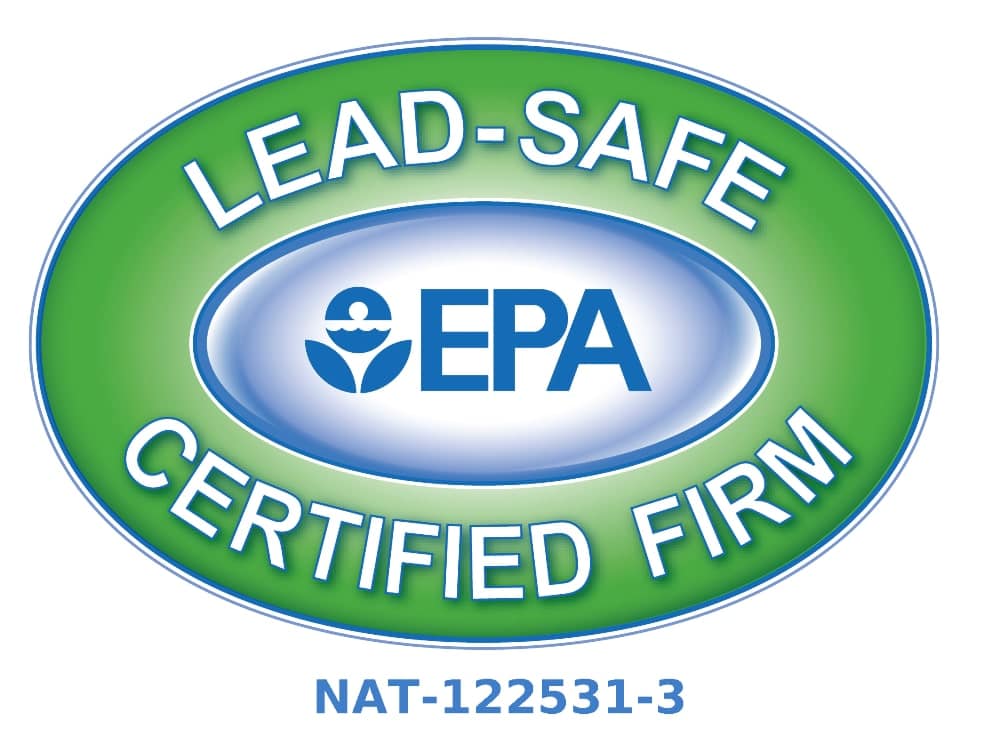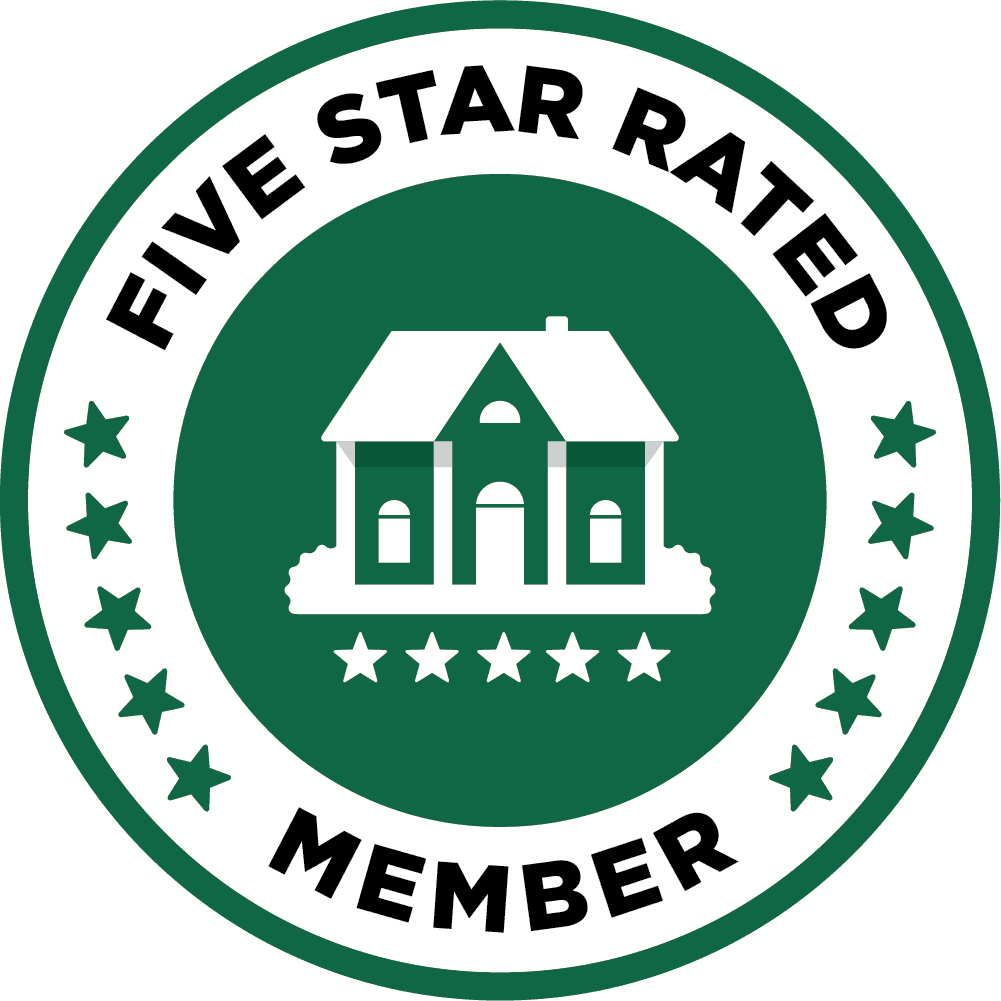27 Jul Is removing rust from wrought iron a DIY project?
Many houses in our area have lovely wrought iron railings or details. As beautiful as iron details can be, it does develop rust over time. Regular maintenance can help, but at some point, you will likely need to remove the rust. This can be a time-consuming and painstaking process sometimes left for a professional painter.
Here’s a short outline of what the process involves:
Removing Rust, Part One
-
- Remove: Cleaning and removing rust from iron is the most labor-intensive part of the process, especially if it’s an intricate design. You must be very careful not to damage the iron surface beneath the rust. Here are three methods for removing rust:
-
-
-
-
-
-
- The easiest way, but not necessarily the most effective, is to use wire brushes to clean the iron first and steel wool to sand. You will need various types of wire brushes and steel wool, depending on the intricacy of the iron detail.
- The most effective method involves a power drill with a special attachment to sand the iron.
- The third option is to use chemicals or a rust converter to turn the layers of rust back into thick layers of iron.
-
-
-
-
-
-
- Repair: If rust is left long enough, it will deteriorate or eat away the iron surface. You can use special epoxy or polyester resin to repair small sections. There are also iron fillers to rebuild a damaged area.
Re-prime & Paint, Part Two
Once you’ve cleaned and removed all of the rust, you will want to immediately prime the iron – ideally, the same day you removed the rust and exposed the iron to air. Once exposed to oxygen, wrought iron begins to react immediately.
-
- Prime: You will need to use the correct alkyd primer for the type of iron you’re working on. There are several kinds of primers.
- Paint: Once you’ve primed the iron well, you’ll want to apply high-quality metal paint. There are two methods for this: brush or spray.
-
-
-
-
-
-
- Spraying gives the most even finish, but it takes several layers to do a thorough job.
- Brushing requires fewer layers but needs a steady and careful hand to do a thorough job.
-
-
-
-
-
If you like doing detailed work, have time on your hands, and have experience removing rust and restoring iron, this might be a do-it-yourself project. However, for most people, this is a job for professionals. We have the experience and the proper tools to do the best job.

Mike Katounas is the owner of Home Works Painting, a painting business in Northern Virginia. He has over 15 years of experience in residential interior and exterior painting, drywall installation/repair, carpentry, wallpaper removal, power washing, commercial painting, color consultation, and staining/sealing. Their service areas include Chantilly, Fairfax, Herndon, Oakton, Reston. Mike takes pride in his work, and he always follows a strict code of conduct that includes the use of quality paint, a clean workspace, and an honest, respectful approach to his customers.












Sorry, the comment form is closed at this time.